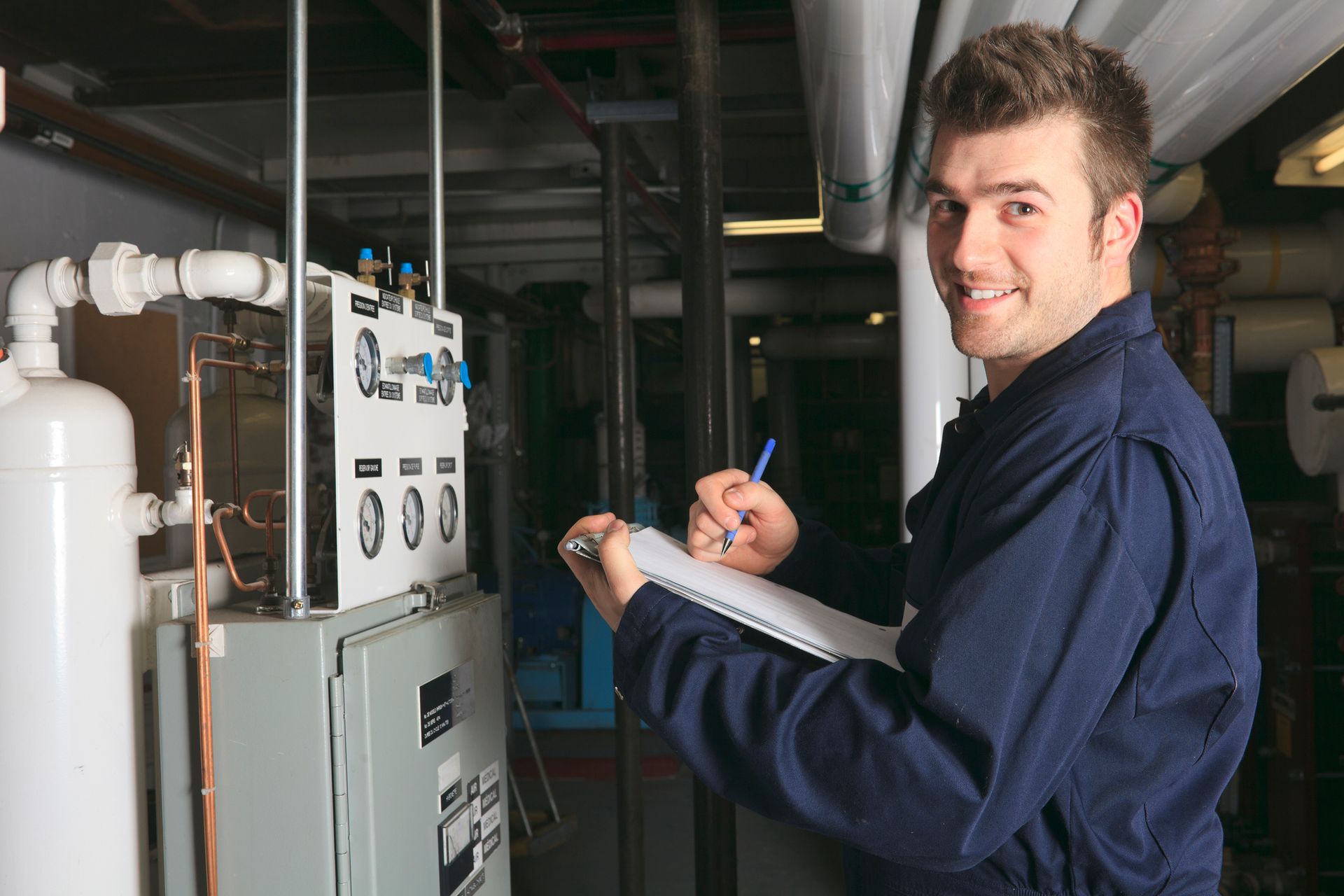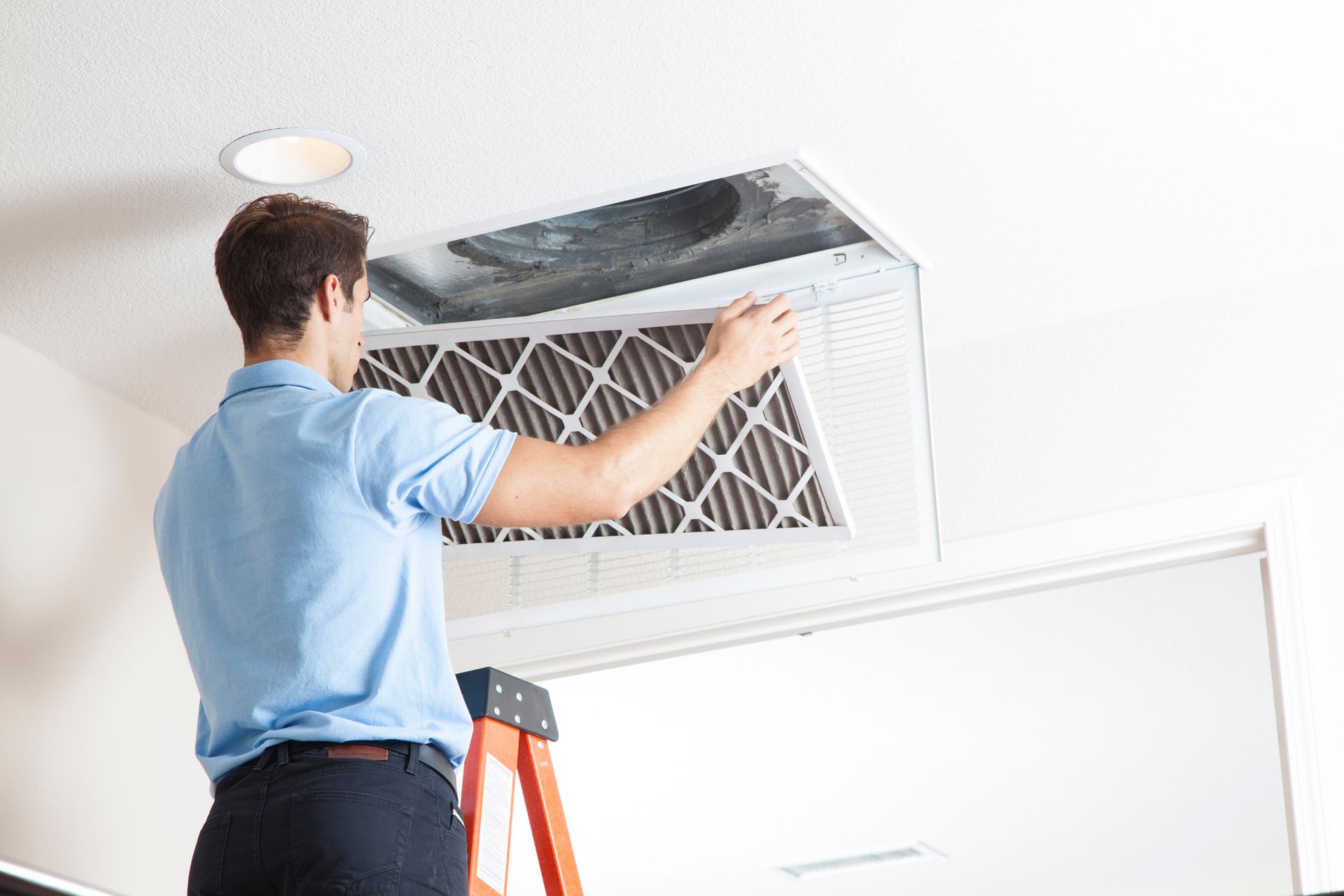The Clean air ACt Inc - Official HVAC Blog
Discover Our Expert HVAC Blog & Insights
Our team prioritizes clear communication with customers, always providing upfront pricing and detailed explanations of any required service. That commitment also extends to educating our customers with our expert HVAC blog & insights.
You can find out about the latest systems and discover tips to improve performance and efficiency.
Delivering News on the Latest HVAC Systems
HVAC technology is always moving forward, with new heating, cooling, and indoor air quality solutions arising all the time. Our team provides insights into these modern advancements to help you understand the benefits of upgrading your system.
Whether it’s the latest ductless mini split technology or high-efficiency furnaces, you can read our blog to find out how a new system can save you more. Discover the modern features that improve performance, reliability, and ease of use.
Practical Tips for Your HVAC System
While professional maintenance and repairs are necessary to keep a system running properly, there are also plenty of steps you can take at home. We provide tips that will help you maximize performance and efficiency, keeping your home comfortable and reducing energy costs.
Whether optimizing your system’s controls, watching for signs of trouble, or adjusting other aspects of your home, you can discover simple tips to make the most of your HVAC system.



















